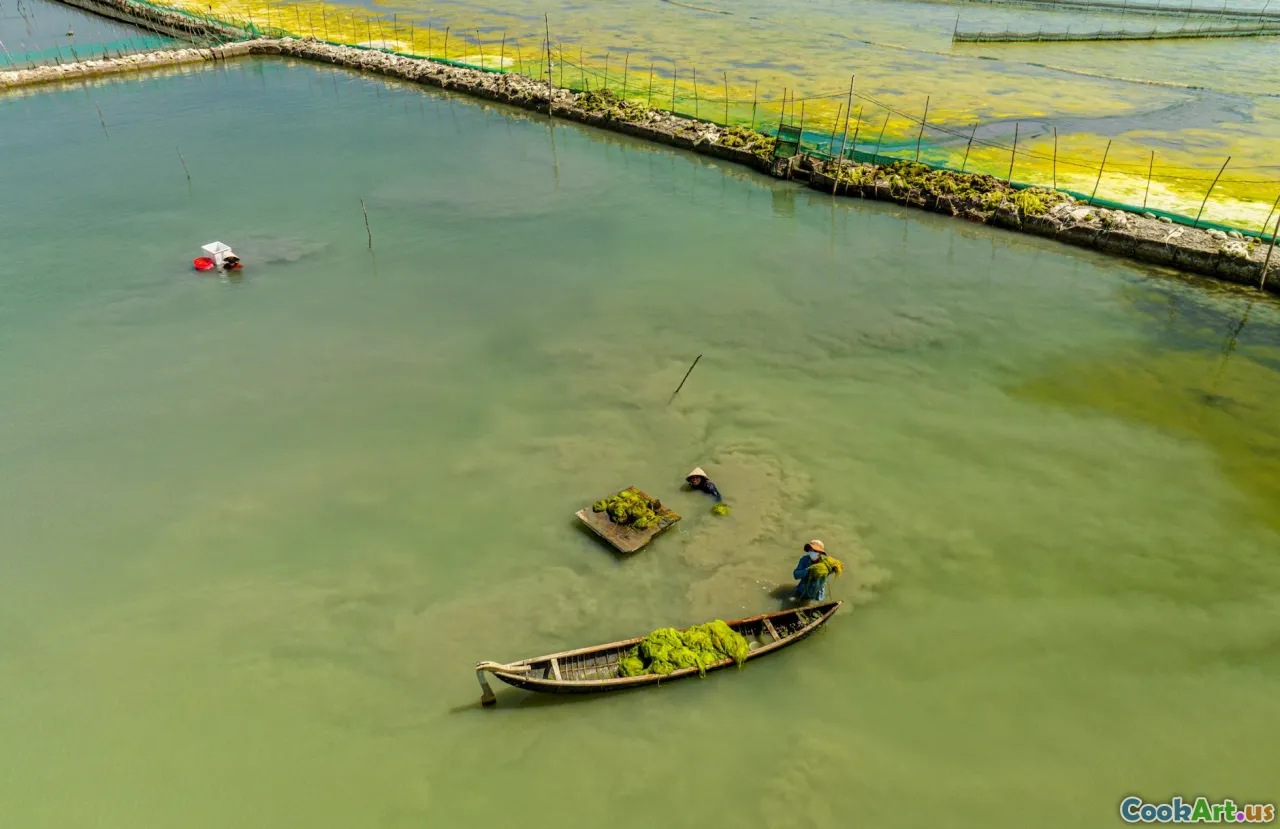Sustainable Seafood Solutions
5 min read Discover innovative solutions for sustainable seafood that benefit the environment and promote healthier eating habits. April 07, 2025 16:00
Sustainable Seafood Solutions
The seafood industry faces a pressing challenge: how to meet the growing global demand for seafood while ensuring the health of our oceans and marine ecosystems. Sustainable seafood solutions are emerging as a vital focus in food technology, combining innovation with eco-friendly practices to create a more responsible and ethical seafood supply chain.
The Importance of Sustainable Seafood
As fish populations dwindle due to overfishing, habitat destruction, and climate change, the need for sustainable practices has never been clearer. Sustainable seafood refers to fish and shellfish that are caught or farmed in ways that consider the long-term vitality of the species and the well-being of the marine environment. By choosing sustainable options, consumers can help protect ocean ecosystems while enjoying the benefits of seafood.
Innovations in Aquaculture
Aquaculture, or fish farming, has seen significant advancements in recent years. Here are some of the key innovations that promote sustainability:
1. Recirculating Aquaculture Systems (RAS)
RAS technology allows for the efficient farming of fish in a closed-loop system that minimizes water use and waste. The water is filtered and reused, significantly reducing the environmental impact. This method is particularly useful in urban areas where space and water scarcity are concerns.
2. Integrated Multi-Trophic Aquaculture (IMTA)
IMTA involves cultivating different species together, such as fish, shellfish, and seaweeds, in a way that their interactions enhance growth and reduce waste. For instance, fish waste provides nutrients for seaweed, which in turn cleans the water for fish.
3. Genetic Selection and Breeding
Advances in genetics are allowing for the breeding of fish species that grow faster and are more resistant to disease. This means that less feed and fewer chemicals are needed, further reducing the environmental footprint of aquaculture.
Technology in Sustainable Seafood Supply Chains
Technology plays a crucial role in ensuring the sustainability of seafood supply chains. Here are some of the ways it is being utilized:
1. Blockchain for Traceability
Blockchain technology allows consumers to trace the origins of their seafood, ensuring that it has been sourced sustainably. By providing transparency in the supply chain, consumers can make informed choices about the seafood they purchase.
2. AI and Data Analytics
Artificial intelligence and data analytics are being used to predict fish populations and optimize fishing practices. These technologies help reduce overfishing and ensure that fish are harvested at sustainable levels.
3. Smart Fishing Gear
Innovations in fishing gear, such as bycatch reduction devices and sonar technology, help minimize the environmental impact of fishing. These tools allow fishers to target specific species while protecting vulnerable populations.
Plant-Based and Lab-Grown Seafood Alternatives
The rise of plant-based and lab-grown seafood alternatives is also contributing to sustainable seafood solutions. These products offer a way to enjoy seafood flavors without the environmental consequences of traditional fishing and farming. Companies are developing seafood made from ingredients like algae, soy, and pea protein to provide sustainable options for consumers.
Conclusion
Sustainable seafood solutions are essential for balancing human dietary needs with the health of our oceans. By embracing innovations in aquaculture, leveraging technology for transparency, and exploring alternative seafood products, we can enjoy seafood while protecting marine ecosystems. As consumers, our choices can drive demand for sustainable practices, ensuring that future generations can also enjoy the bounty of the sea.
Let's make informed choices and support sustainable seafood practices for a healthier planet!









